Once again, I received a combination of products simultaneously for review, in this case, the HIFIMAN ISVARNA Hybrid Headphone and the HIFIMAN GOLDENWAVE SERENADE R2R DAC/Headphone Amplifier, and am left with the question of which to review first. Though I was very excited to receive the GOLDENWAVE SERENADE as my reference solid state Headphone Amplifier is a bit long in the tooth, (over ten years old) and I haven’t used it in several years, making the HIFIMAN EF600 my de facto reference solid state Headphone Amplifier, the HIFIMAN ISVARNA Hybrid Headphone being the newer product seemed to be the best starting point, hence this review.
The HIFIMAN ISVARNA Hybrid Headphone
The HIFIMAN ISVARNA Hybrid Headphone is unique in that it is Planar Magnetic Headphone with a built in Dynamic Subwoofer. Employing a Nanometer Thickness Diaphragm for increased responsiveness and Stealth Magnets for reduced distortion on the full-range Planar Magnetic driver, HIFIMAN overcomes the usual phase issues of matching dynamic drivers with planar magnetic drivers by employing creative placement of the custom oval-shaped dynamic bass driver in the aluminum alloy headphone housing. Interestingly, the planar magnetic driver is arranged in a closed-back configuration, while the dynamic driver is open back.
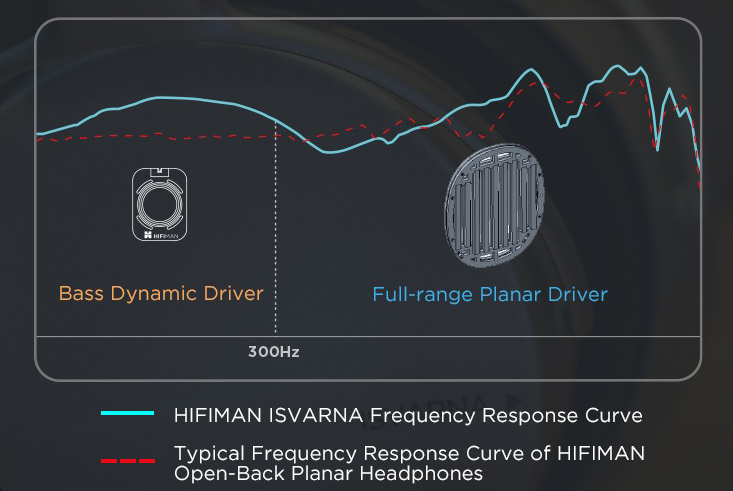
For a headband, the ISAVARNA uses the same suspended leather strap in a spring-steel frame configuration as most of their upper-end headphones, making a perfect blend of adjustability and comfort. The “Tranquility” earpads are sculpted for better soundstage and feature a leather outer surface with a cloth contact surface for better seal and comfort.
Three separate headphone cables are provided, one with 4-pin XLR, one with ¼” TRS, and one with 3.5mm TRS connections, along with a hard-bound manual and leather-wrapped hard shell box with a mechanical clasp, elegance incarnate.
Living with the HIFIMAN ISVARNA Hybrid Headphone
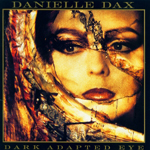
Since I burned them in together, my initial listening of the HIFIMAN ISVARNA Hybrid Headphone was performed using the HIFIMAN GOLDENWAVE SERENADE R2R DAC/Headphone Amplifier via the 4-pin XLR balanced output. As is my habit, I began with just background listening while doing other things, in this case, the subject was an album by Danielle Dax, “Dark Adapted Eye” (16-bit/44.1kHz-Qobuz) that was gifted to me recently by a friend who has become a huge fan of the early 80’s avant-garde artist. Two things became apparent during this introductory listening: the ISVARNA wasn’t as boomy as I had feared, or experienced at the shows, and it wasn’t at all forgiving. This led me to make a little experiment using the Schiit Audio Gungnir2 and the EF600, as I wanted to play a little with the Gungnir2’s new parametric EQ, so I did something I have not done before during a review, I found a stepped tone sweep on YouTube and ran it to check out the frequency response curve (using my ears rather than test equipment, which gives me a more valuable metric, something I used to do in my TAG McLaren Audio days to set up the room EQ) and much to my surprise the bass was fairly linear from its initial audibility (around 10 Hz?) to around 1,000Hz where the sound began to spike until around 5,000Hz where it mellowed back down for the rest of audibility. This differed a little from the HIFIMAN posted measured response curve, but not really by all that much, and of course linearity is effected by volume and where you set your zero (which for me was the level of the initial bass notes), one should also note that measured response doesn’t account for the sound coming out the back side of the driver which being approximately 90° out of phase might act as reinforcement or cancellation depending on wave form manipulation inside the cup.

Since the ISVARNA comes across as a Rock & Roll headphone for bass heads, I decided to begin my serious listening with Jazz, I’m contrary like that, specifically Dino Saluzzi, Jacob Young, and José Maria Saluzzi’s “El Viejo Caminante” (24-bit/48kHz-Qobuz). The opening strains of the Bandoneon were extremely natural, accompanied by nylon string acoustic guitar, which was easily distinguished from the steel string acoustic guitar, in a large open studio with excellent sense of space. The imaging and soundstage gave the impression of a live performance as opposed to close-mic’d individual tracks pasted together.

Jazz went well enough that I felt comfortable stepping up to classical, so I selected “Sommernachtskonzert 2025 / Summer Night Concert 2025” (24-bit/96kHz-Qobuz) as performed by Wiener Philharmonic Orchestra, Tugan Sokhiev conducting at the annual open-air concert on the grounds of the Schönbrunn Palace in Vienna, Austria. I had to turn the volume up a little to get the full sense of the dynamics of a full orchestra, but again, it felt as if I was really there in the audience with the live feel of the hammering of the percussion and the weight of the cellos. There was definitely plenty of air, and the timbre of the instruments was so natural and realistic.
Switching over to my reference system consisting of the Schiit Audio Gungnir 2 Balanced Multiform™ DAC, LSA VT-70 Tube Integrated Amp, Black Dragon Cables, Core Power Technologies A/V Equi=Core 1000, Vera-Fi Audio VBH-1 (Vibration Black Hole) isolation feet, and my newest acquisition the HIFIMAN HE-Adapter, which allows me to take advantage of the speaker outputs of the VT-70 via 4-pin XLR. Revisiting the previous recording, I was floored by the resolution and musicality presented with a massive, airy soundstage.
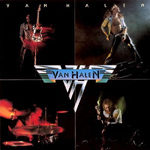
Figuring it was time to break into my standard test tracks and see how much the ISVARNA rocks I selected “Ain’t Talking Bout Love” by Van Halen from their eponymous first album (24-bit/192kHz) and I was transported back to 1975 when I first heard them perform at Glendale College sitting on the lawn a few feet away. As above, there was oodles of musicality, and a fantastic soundstage, with the reflection of the snare off a distant wall clear for all to hear. The dynamic range was extreme, and while powerful and natural, the bass wasn’t overwhelming as one might expect.
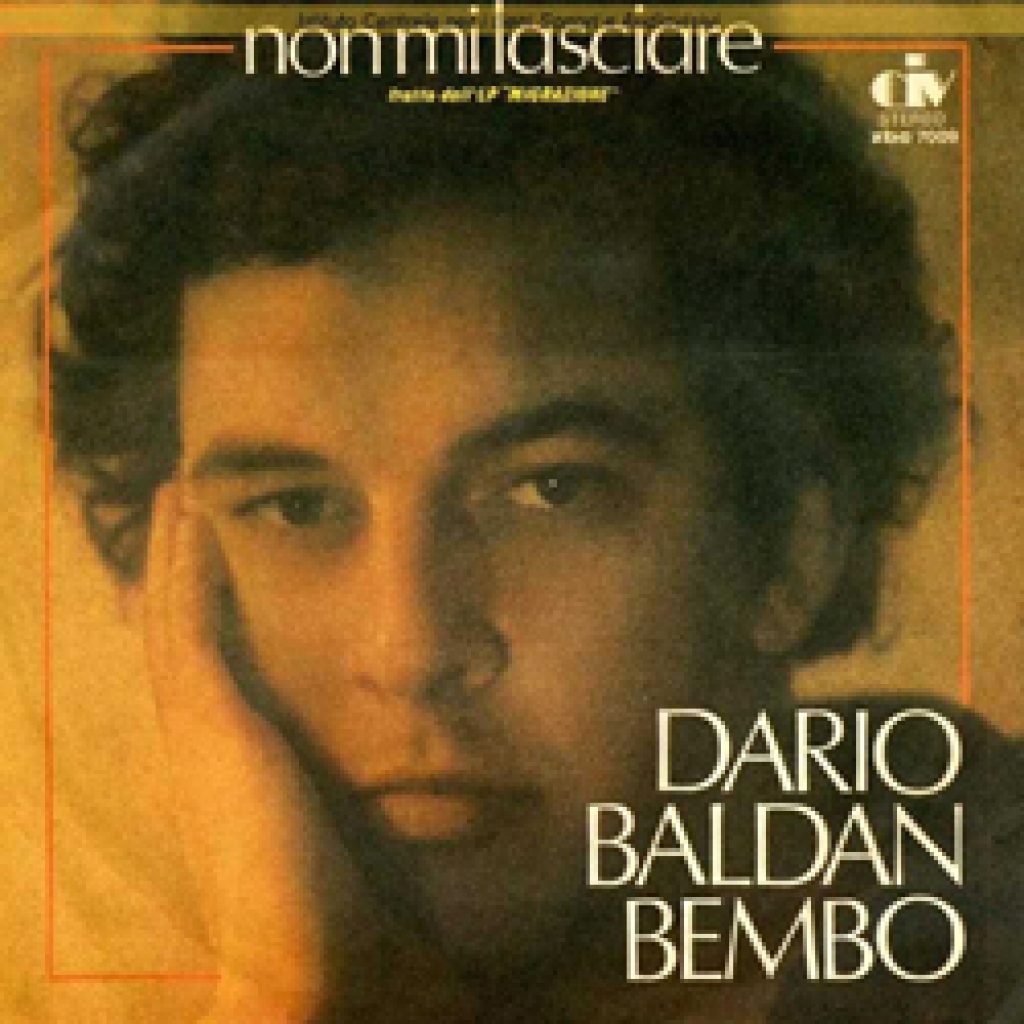
Dario Baldan Bembo’s “Non Mi Lasciare” (24-bit/44.1kHz) is one of my go-to sub-bass and vocal tracks, and the ISVARNA performed spectacularly, giving me everything I look for in the track.

Back in the ‘70s when I first started in audio my favorite demonstration track was “Brain Salad Surgery” by Emerson, Lake, & Palmer (“Works Volume 2 (Deluxe Edition 2017 Remastered Version)” – 24-bit/96kHz-Qobuz) due to the synth producing notes from extreme low subsonics (lower than acoustical instruments were capable of with the exception of the pipe organ) to extreme high, accompanied by one of the most versatile percussionists of all time, it covered all the bases in terms of frequency, attack and decay, and dynamic range, as well as musicality. The ISVARNA nailed every bullet point.
Conclusions on the HIFIMAN ISVARNA Hybrid Headphone
I’ll admit that when I first listened to the HIFIMAN ISVARNA Hybrid Headphone at CanJam, I was intrigued but did not love them, feeling they were a bit Rock&Roll for my tastes, but after having had them in hand and really spent some time with them, I have completely turned around. As I mentioned above, they are not particularly forgiving headphones, so I think electronics choice is going to make a huge impact on how much you like them. I think bass heads are going to be blown away with their ability to cover the full spectrum and really thump. The HIFIMAN GOLDENWAVE SERENADE R2R DAC/Headphone Amplifier proved to be an excellent match for the ISVARNA, but hardcore audiophiles are going to want to pair them with a good tube amp and a top-notch DAC.
Most surprising was the fact that they are pretty much genre agnostic, I really expected them to muddy up classical and complex musical pieces and nothing could be farther from the truth, on the other hand given the right source material they can give you that real club feel, and live but musical appears to be the name of the game.
I mean, the ISVARNA is not going to replace the Mini Shangri-La or the SUSVARA UNVEILED as my favorite HIFIMAN headphone, but I can see them becoming a go-to choice for select situations, and definitely warrant a listen if you are looking for a headphone in the around three grand price range. High five for a job well done, and the ability to keep surprising us with new interesting finds in the headphone arena.
Price:$2,899
Manufacturer Website: https://hifiman.com/products/detail/353
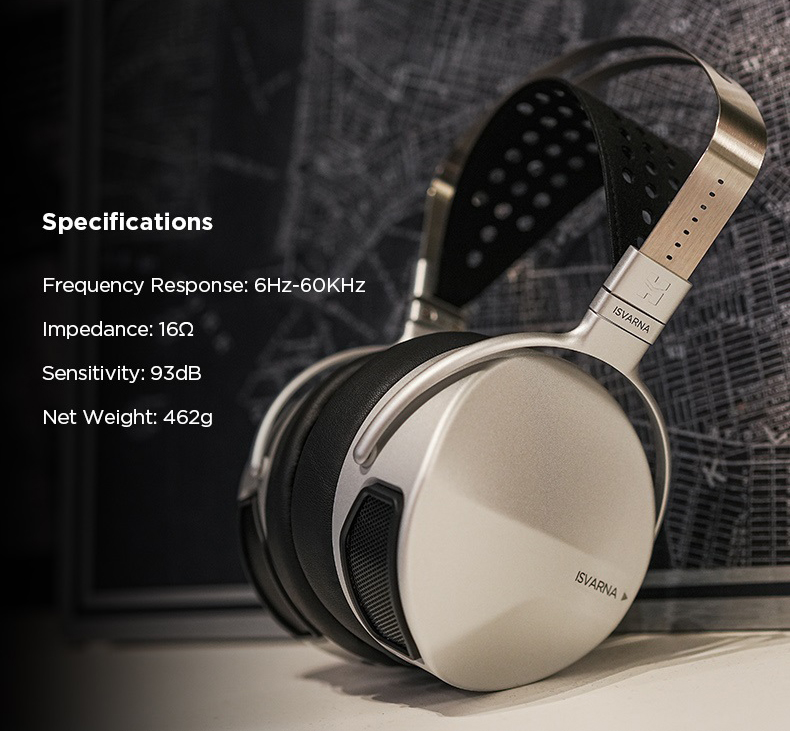

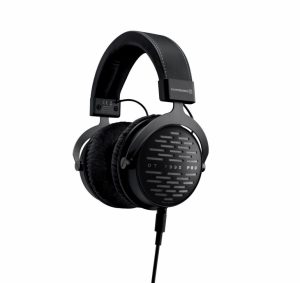

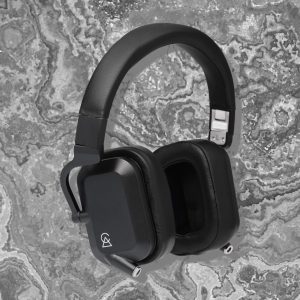
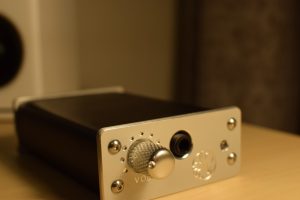
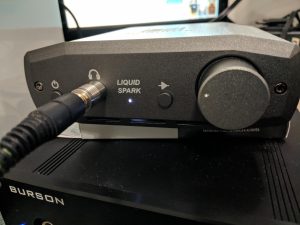
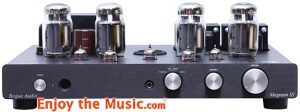

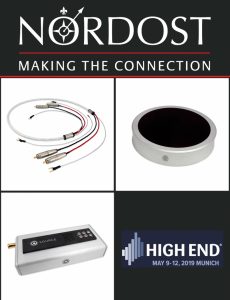

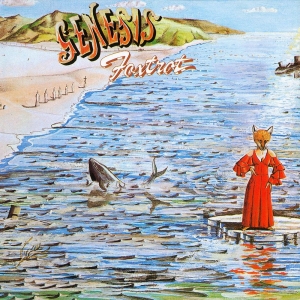

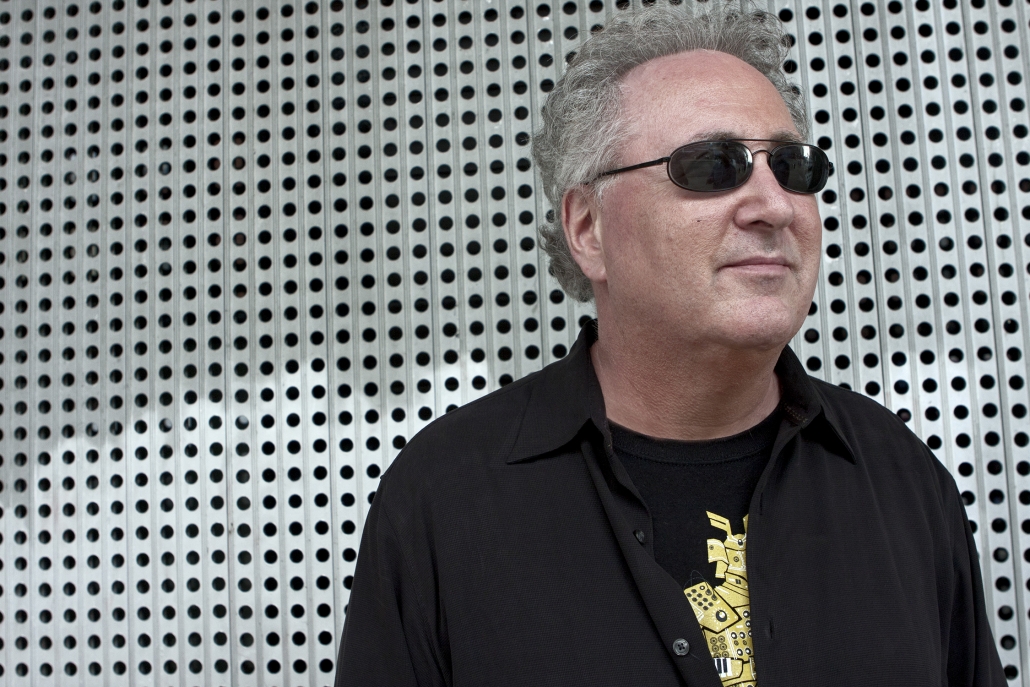

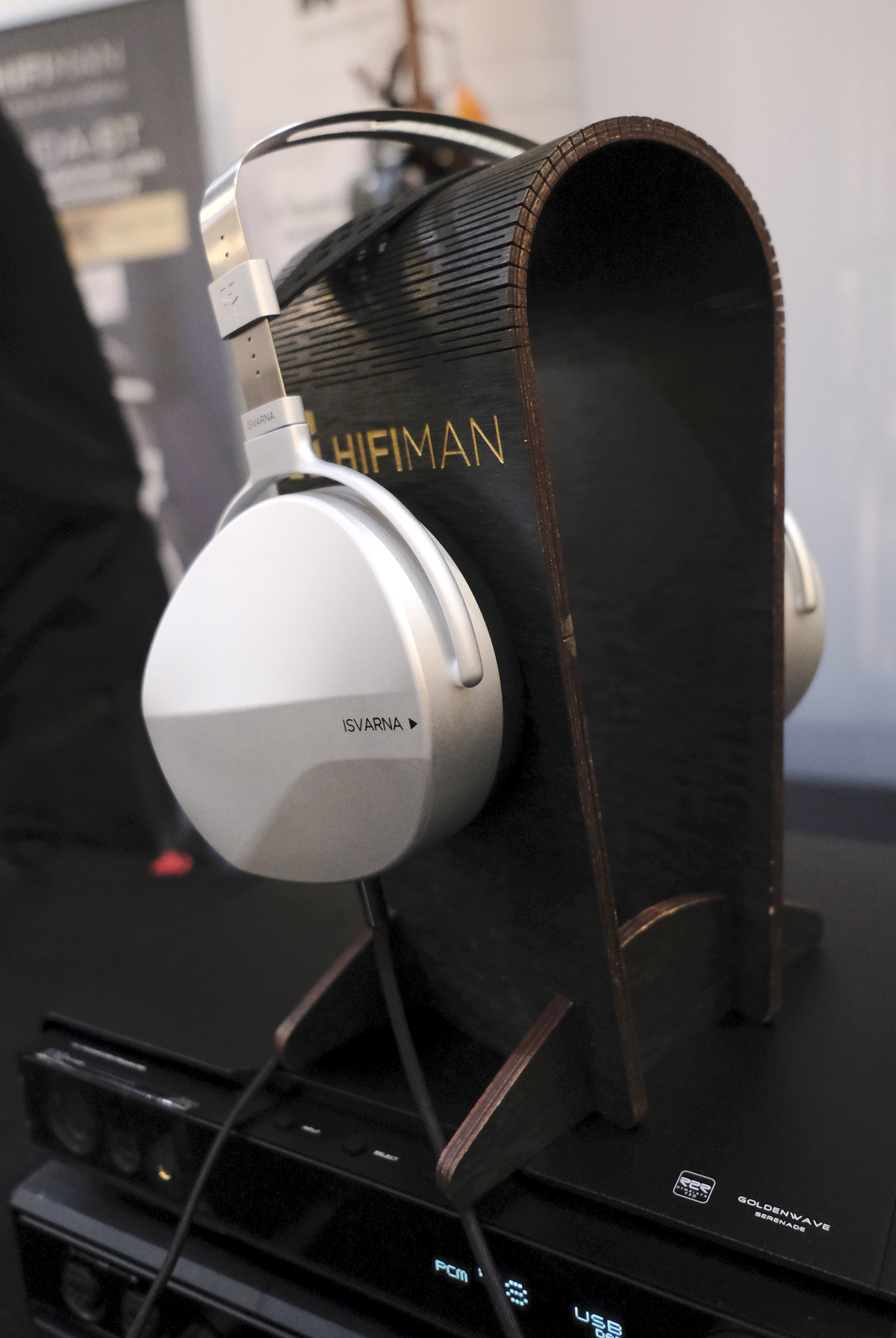
Want to join discussion?
Feel free to contribute!